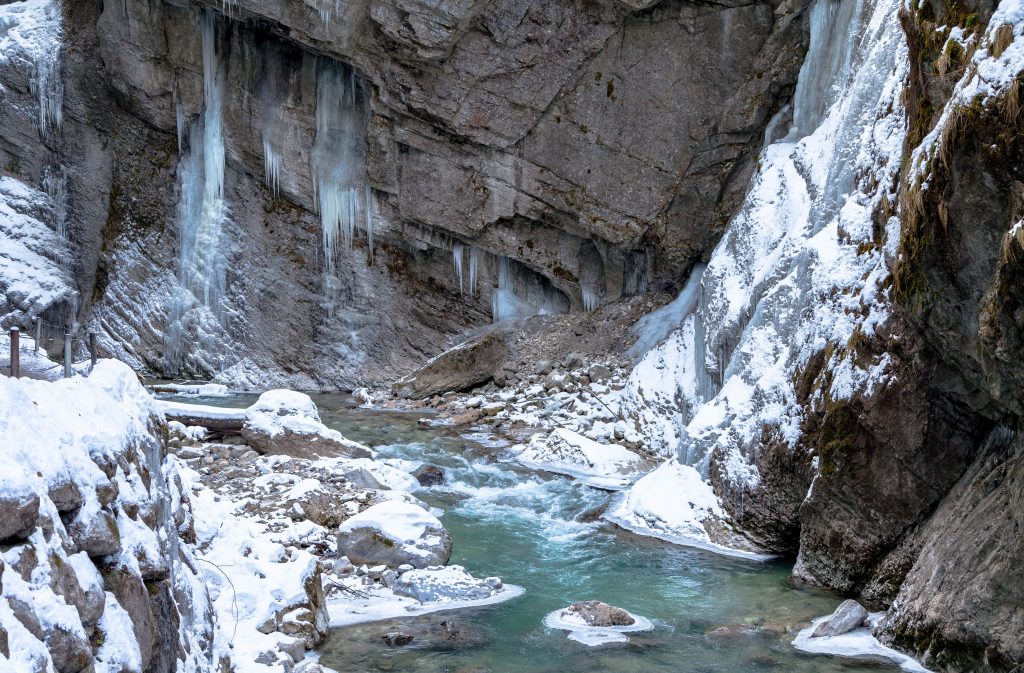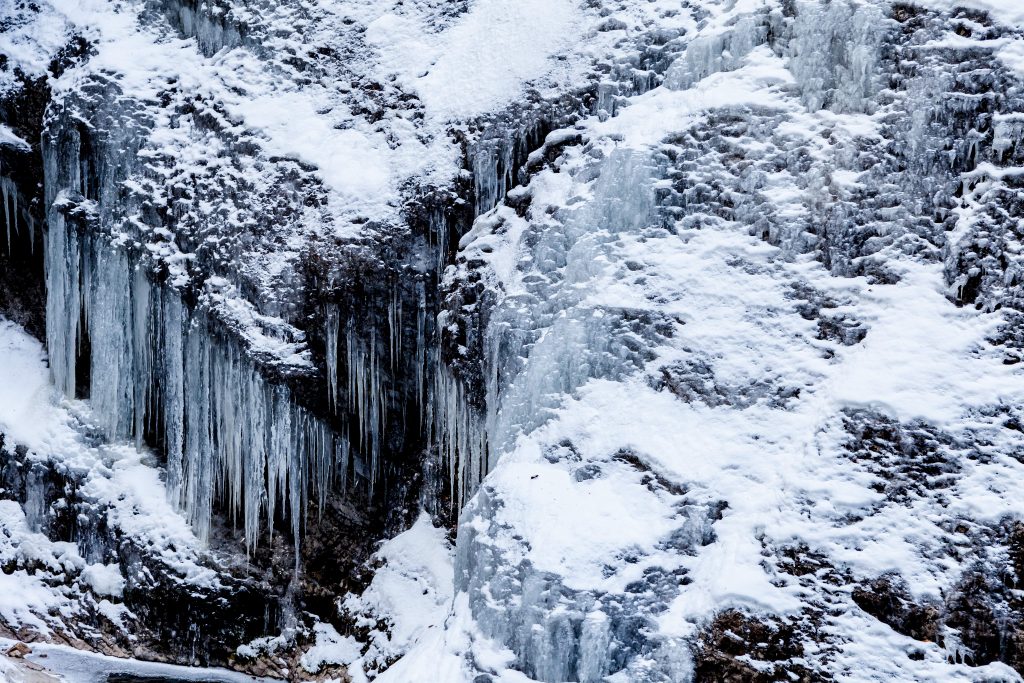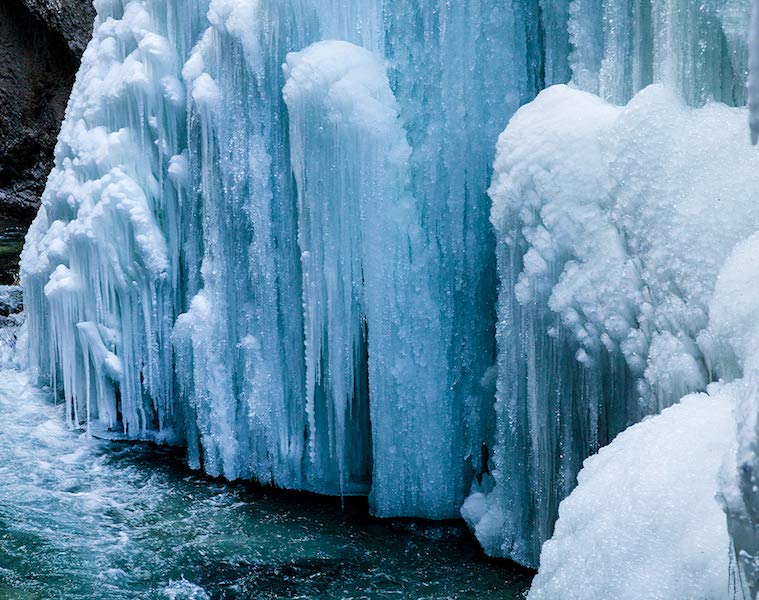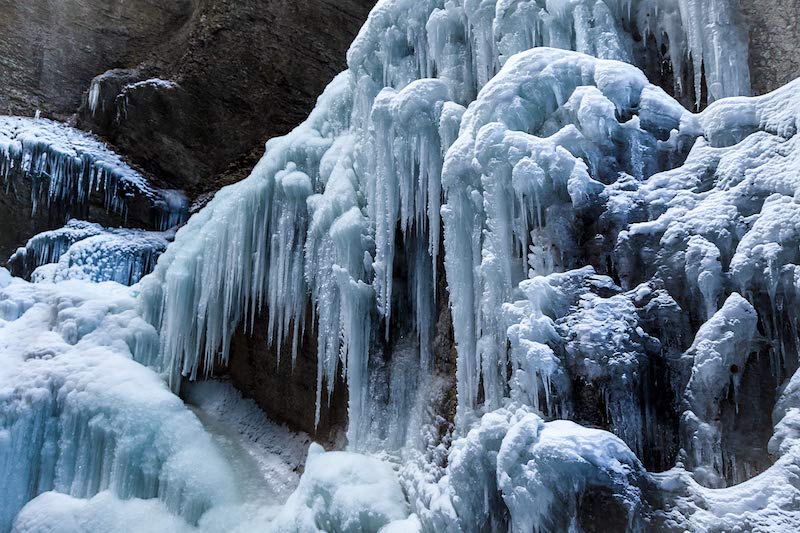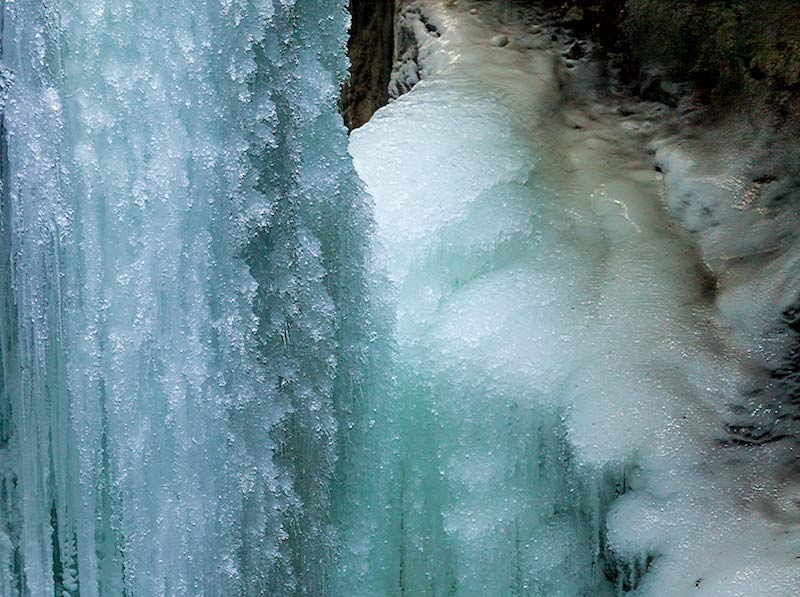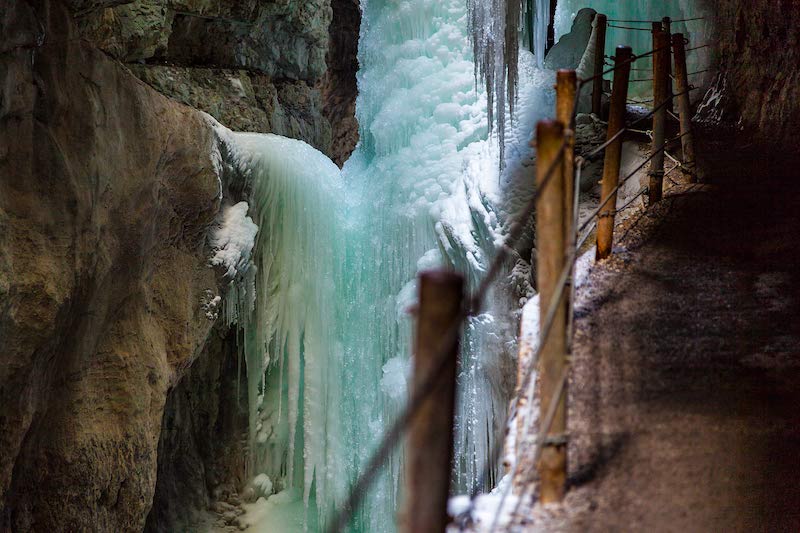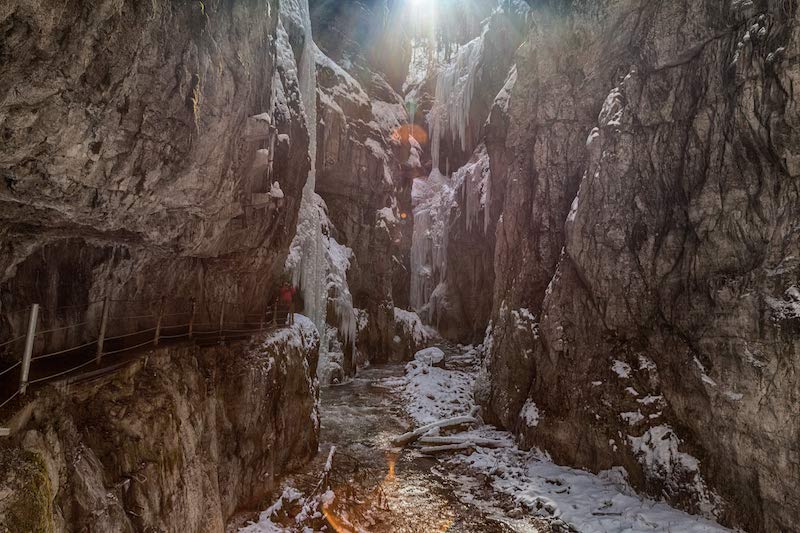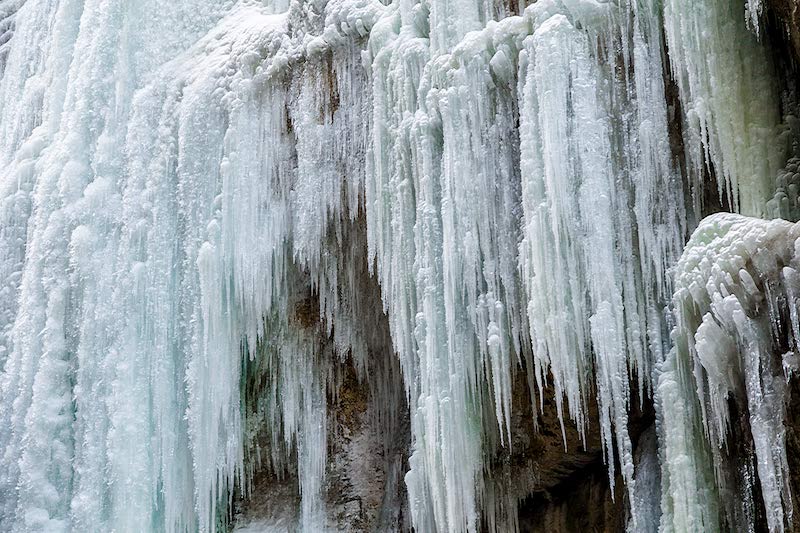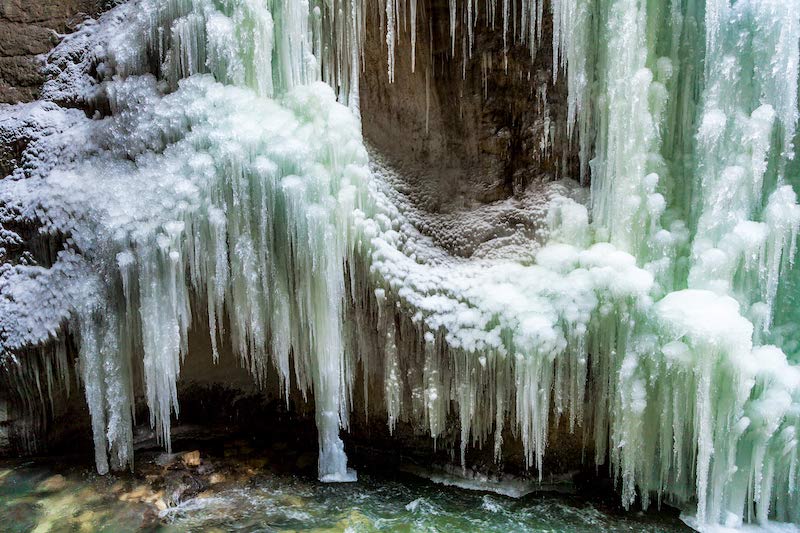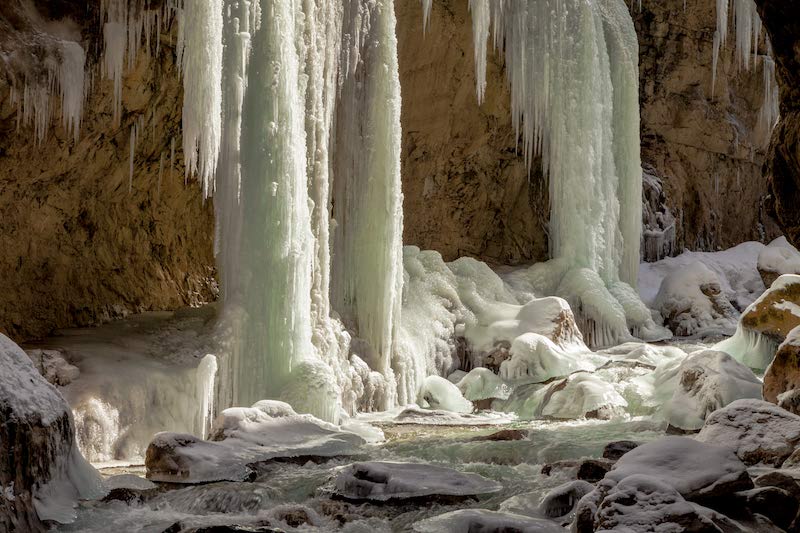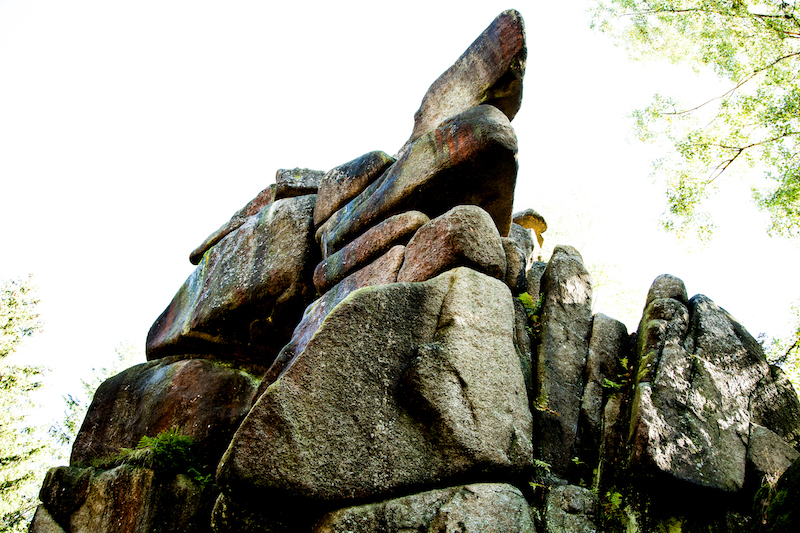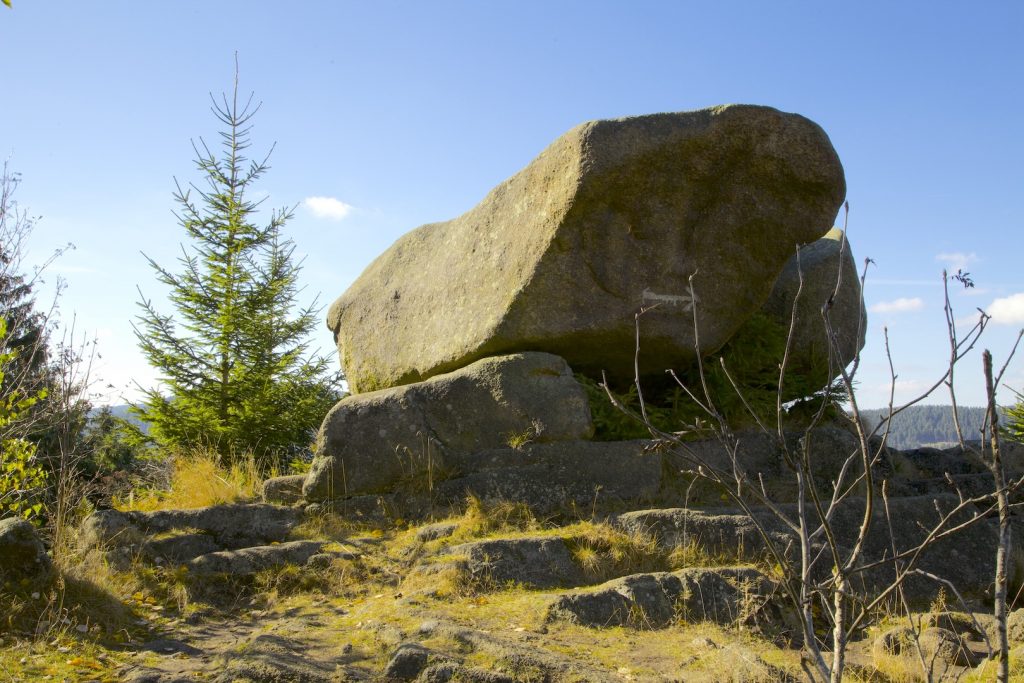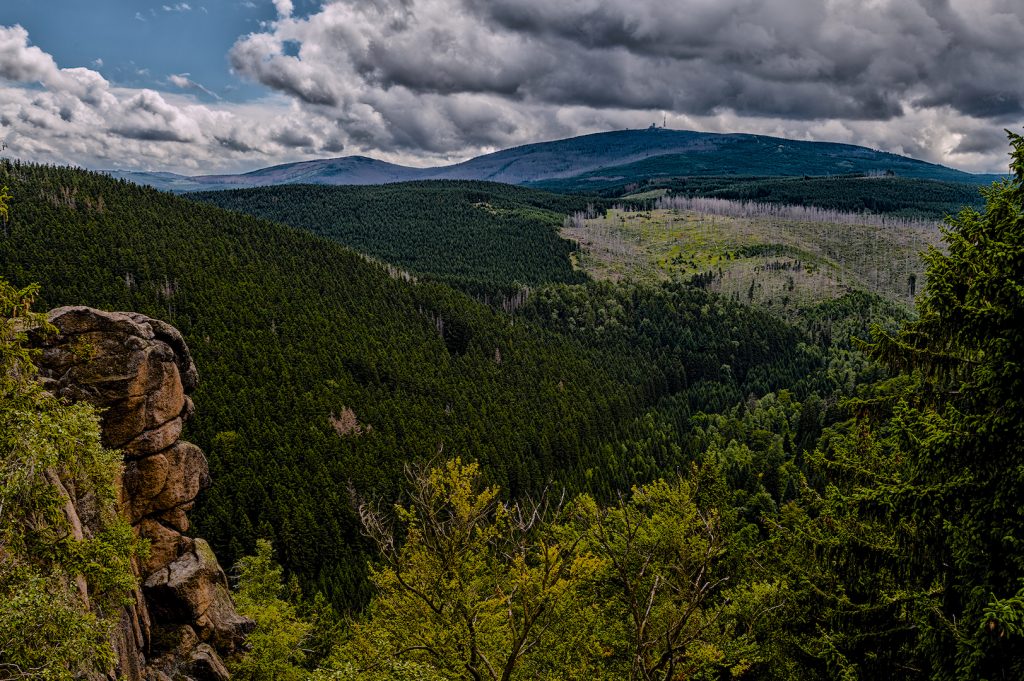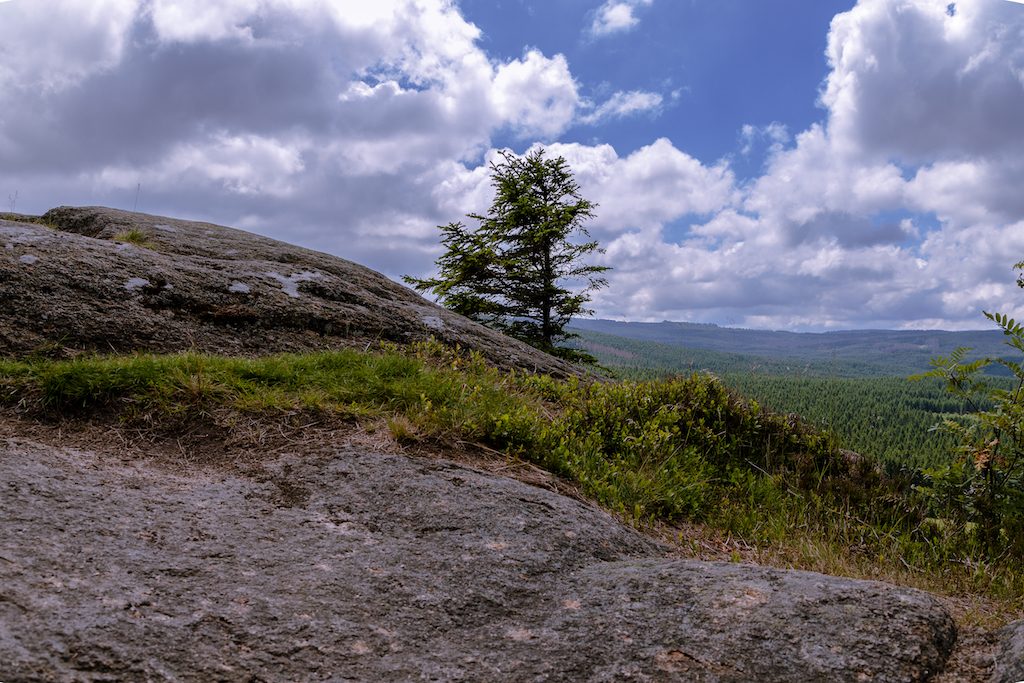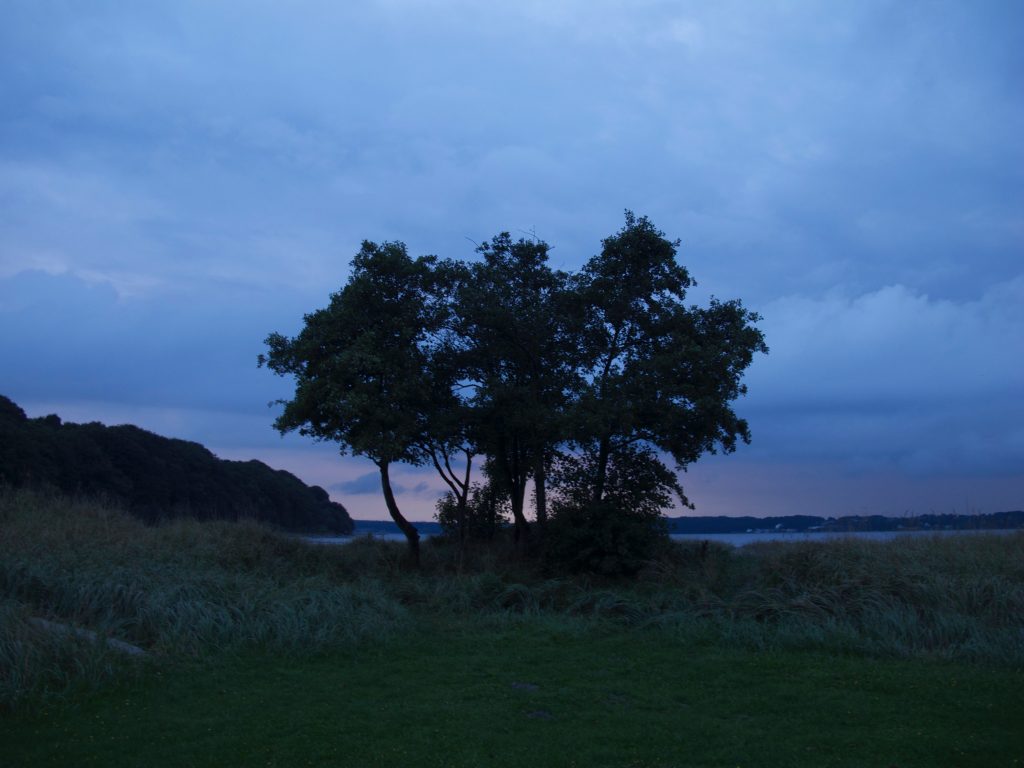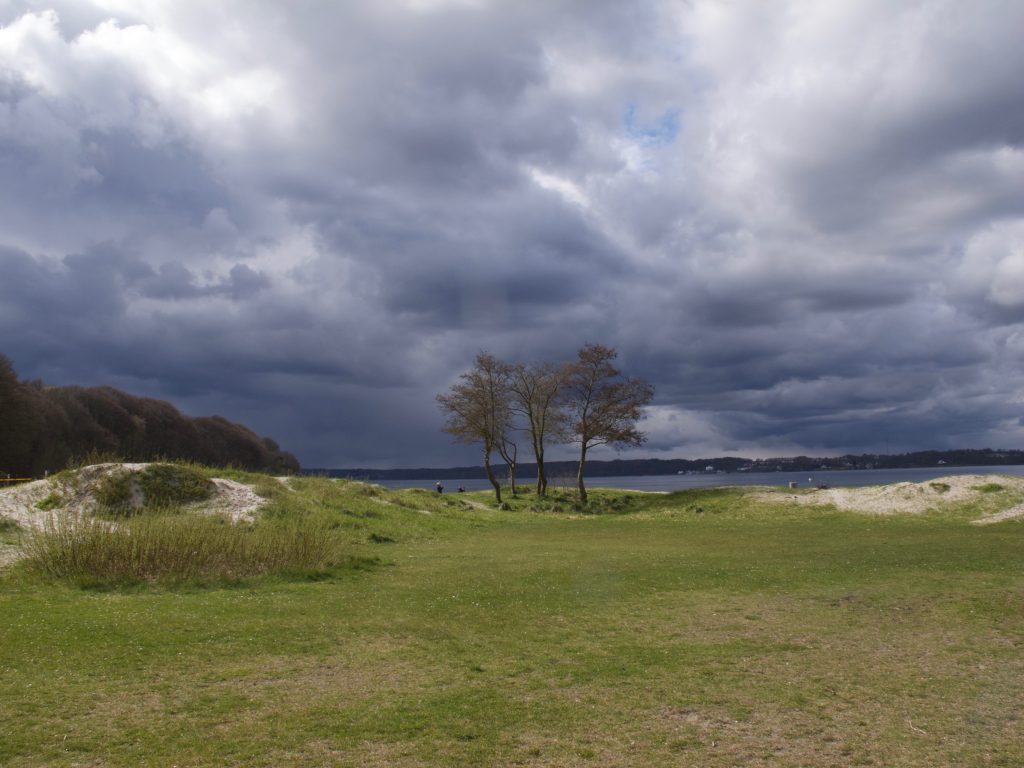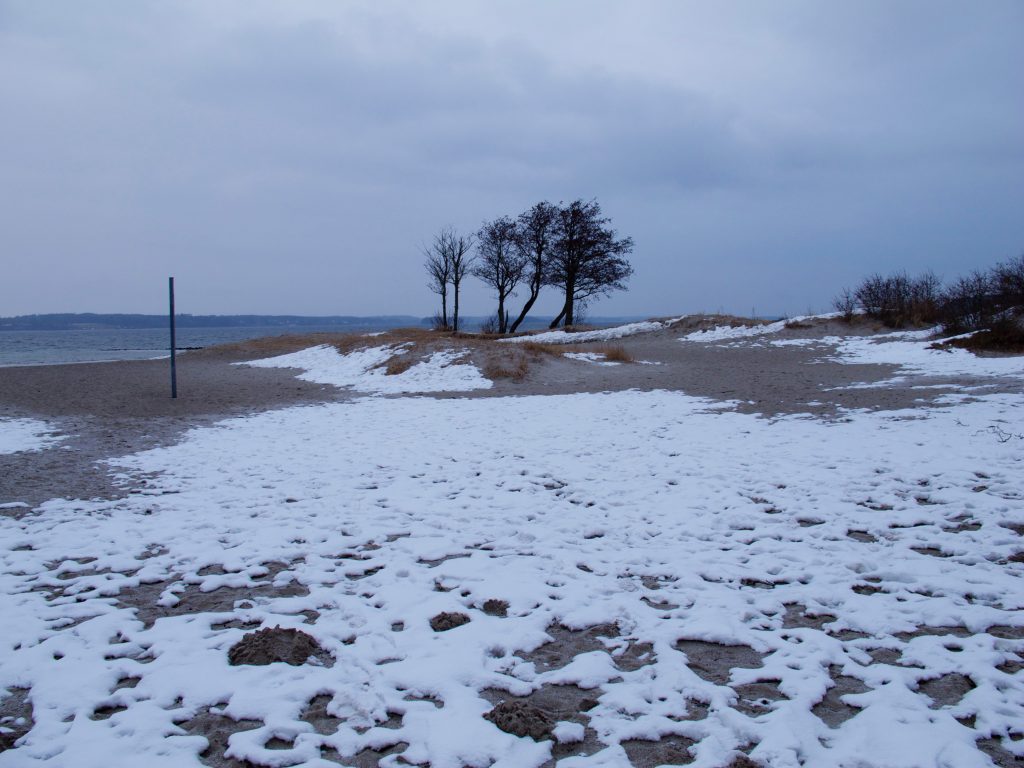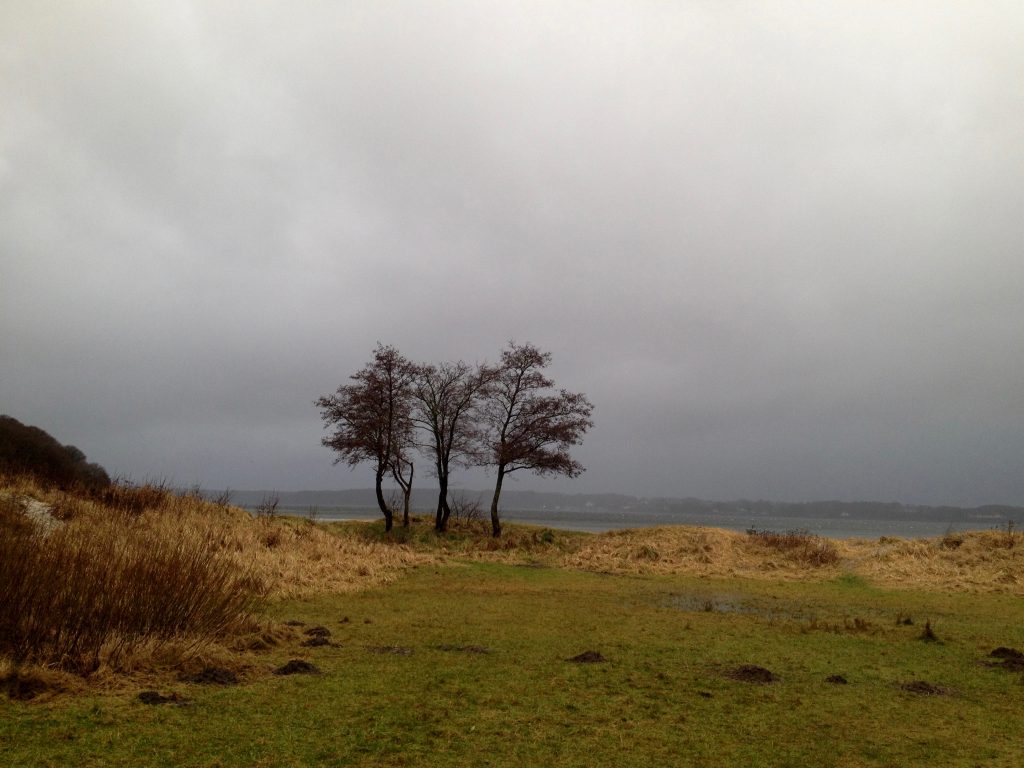Series Of Strong Windstorms In March 2019
After a period of warm days in February 2019 with a constant high-pressure system over Middle Europe weather became more dynamic. With the jet stream moving to Europe a series of low-pressure systems reached the continent. It was very windy for a couple of days. Severe weather was included with European windstorms as “Bennet” and “Eberhard” (known as Freya in the UK) and even a tornado. In Germany, (Nordrhein-Westfalen in particular) France and Switzerland wind gusts led to serious damage. There is an estimate that in Germany insured property losses of around EUR 800 million happened. Travel by train was stopped for one day creating chaos for travellers in Middle Europe.
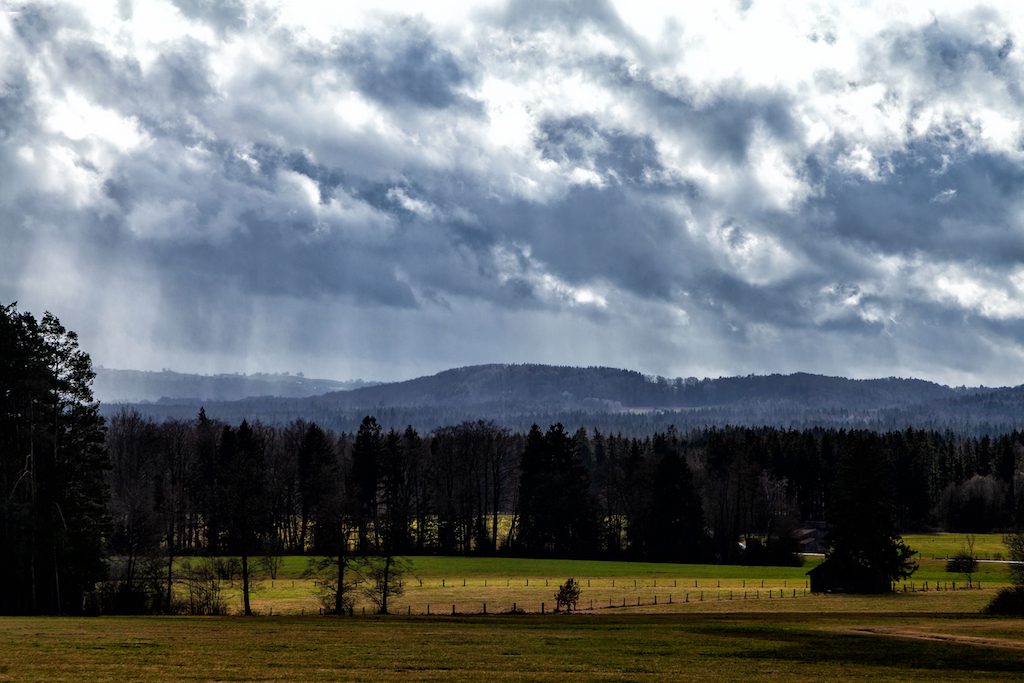
The sky was always turbulent with many interesting cloud patterns which allowed some impressing storm pictures. In Germany and Europe, the change in weather was welcomed because there is still a need for rain. Last year’s extreme drought left a lot of problems. Particularly the forest areas need still a lot of water to recover from the drought. It did indeed rain a lot in some areas but there is still a need for much more rain in the next months. The weeks in February with unusual long lasting dry weather raised already concerns for a new drought coming in 2019.
Storms are pretty normal in March. There had been even extreme windstorms in previous decades. Thus, the period of days with windy weather is no exception from the rule. But it was interesting that wind was blowing for many hours with strong wind gusts. This led to questions if this is a normal weather pattern. Honest answers prove to be difficult.
The rising numbers of weather anomalies due to climate change during the last years provoke a higher-sensibility to unusual weather phenomena. However, the weather is always like a big drama. There is an incredible variety of extremes. Researchers need to observe weather over long time spans to identify anomalies and unusual trends.
On the other side, Europe is affected by a number of winter windstorms over the last 30 years with the most damaging storms 1989/90. Insurances are alarmed about the rising cost of damage. Since these storm events are still relatively rare further research is required. The UK Met-office published recently a study with the most important findings of winter windstorms.
The series of storms showed some interesting developments. The wind came mostly from the west, sometimes South-West. In Upper-Bavaria there were days where there was a very good long distant view. The Alps appeared very clearly.
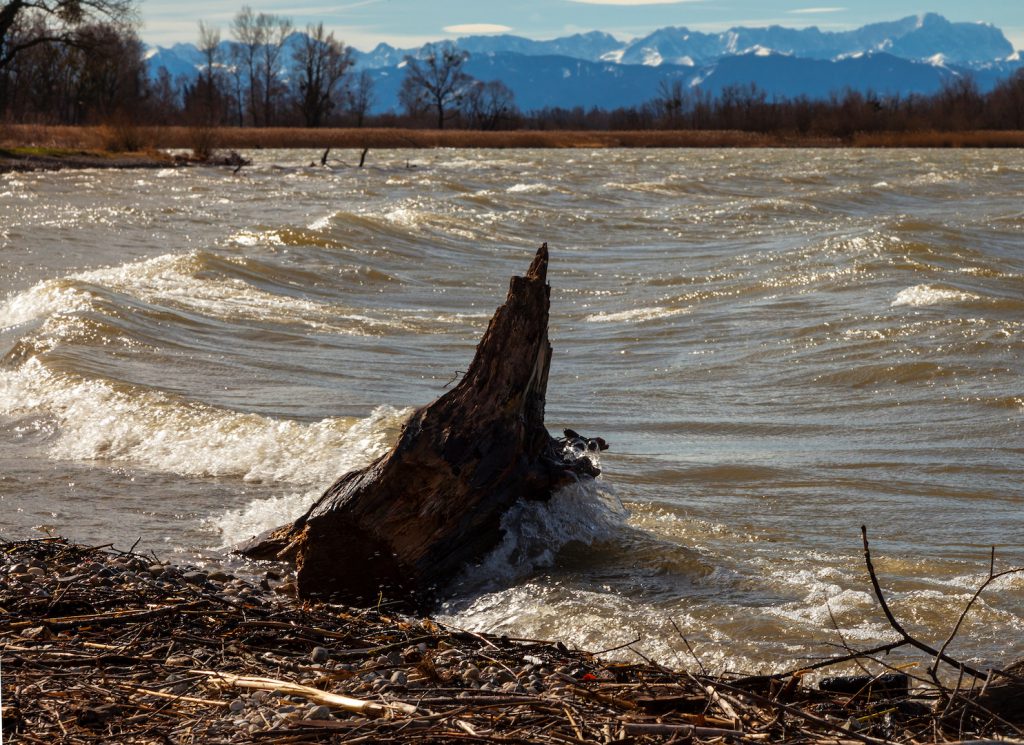
At the end of the weeks with stormy weather, there were showers with snow and little hail. This created some impressing sights shortly before sunset
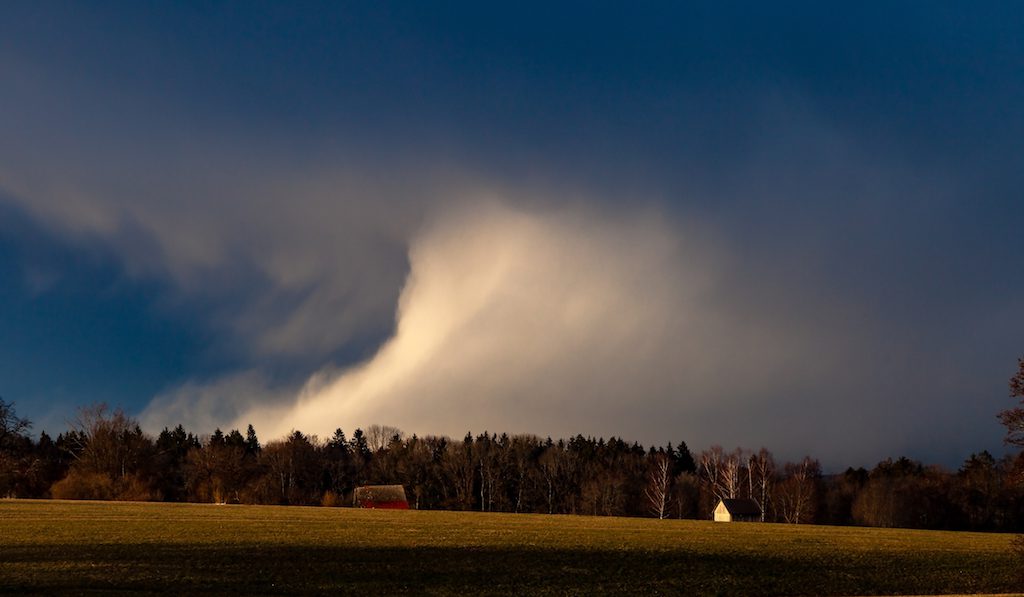
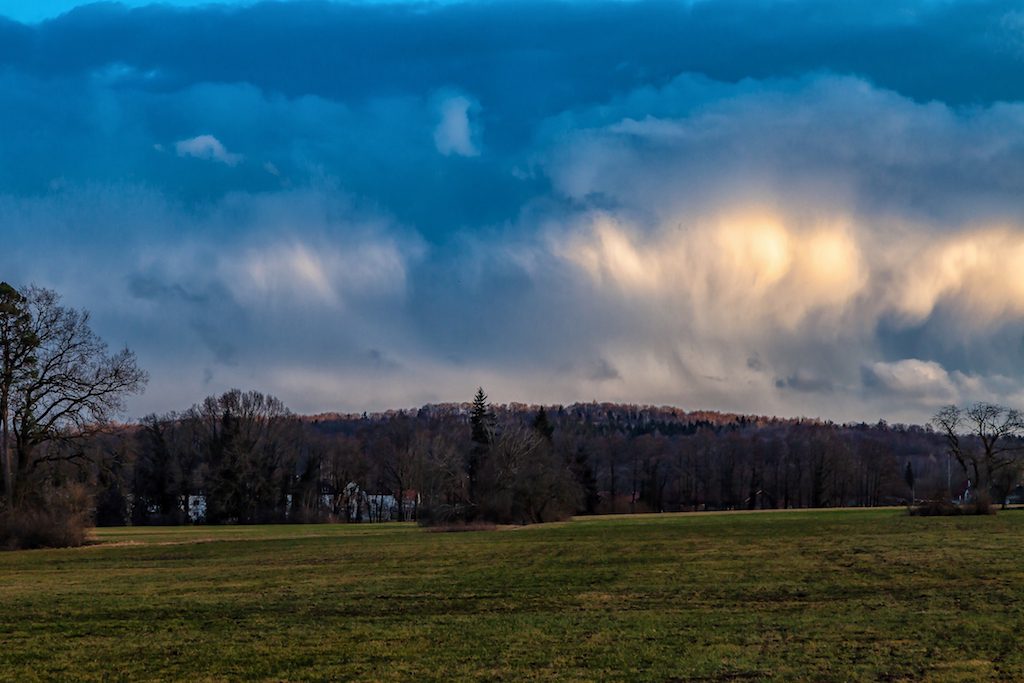
There were huge waves on the lakes in Bavaria due to the storm. A lot of driftwood appeared on the Eastern side of Lake Ammersee. It was an unusual sight. The lake appeared more like a shore at the Baltic Sea.
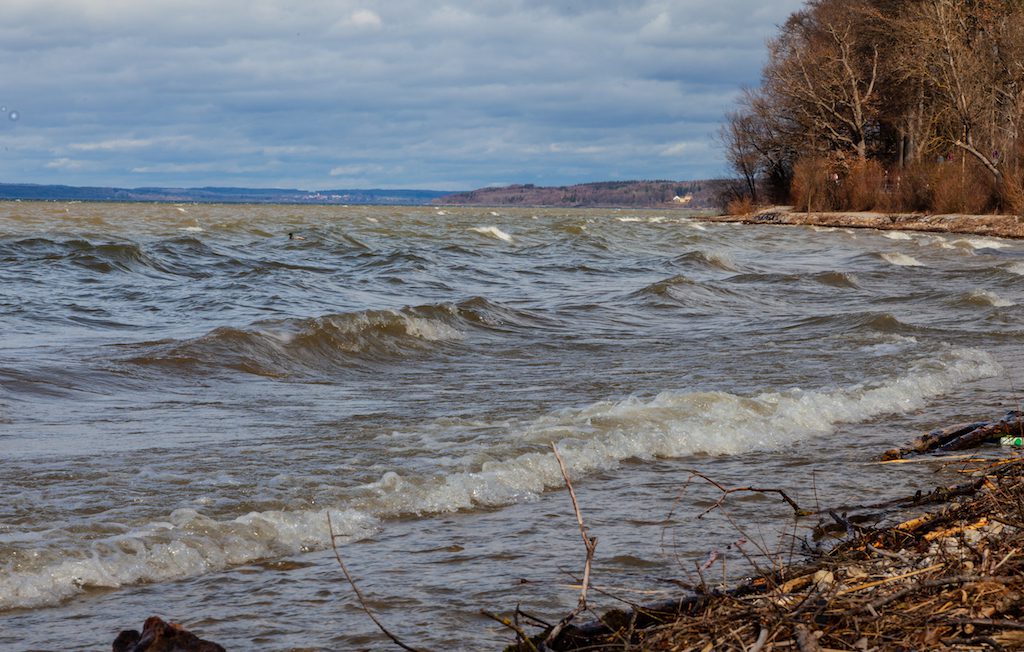
After March 18 the weather calmed down. A high-pressure system led to cold but sunny weather in Southern Germany.
